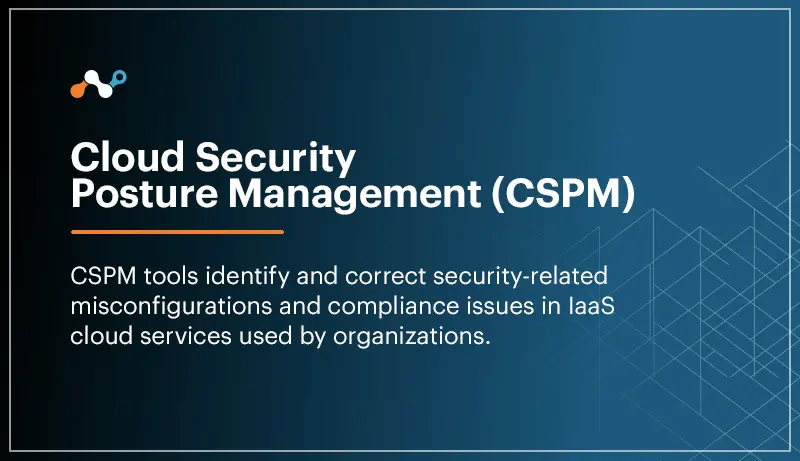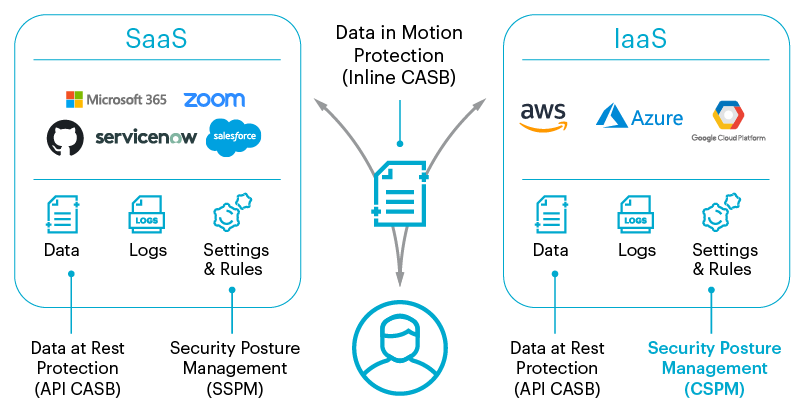Le niveau de sécurité désigne la solidité de la cybersécurité d'une organisation, qui comprend une évaluation de sa capacité à détecter et à répondre aux menaces de sécurité. Logiquement, cela signifie que la gestion du niveau de sécurité concerne la surveillance et le contrôle de la détection et de la réponse d'une organisation aux menaces au moyen d'un logiciel de gestion du niveau de sécurité.
Un niveau de sécurité comprend un ensemble d'outils et de stratégies utilisés pour protéger les réseaux, les appareils, les utilisateurs et les données contre toutes sortes de menaces, notamment les suivantes :
- Informations d'identification compromises/volées
- Brèches
- Pertes de données
- Attaques contre les performances du réseau
- Mauvaise configuration/dérive de configuration
- Logiciels malveillants
- Logiciels espions
- Ransomwares
- Et bien d'autres
Plus une organisation parvient à minimiser son profil de risque, à répondre aux menaces potentielles et à respecter les normes de conformité en matière de sécurité, plus son niveau de sécurité est élevé.




 Retour
Retour


















